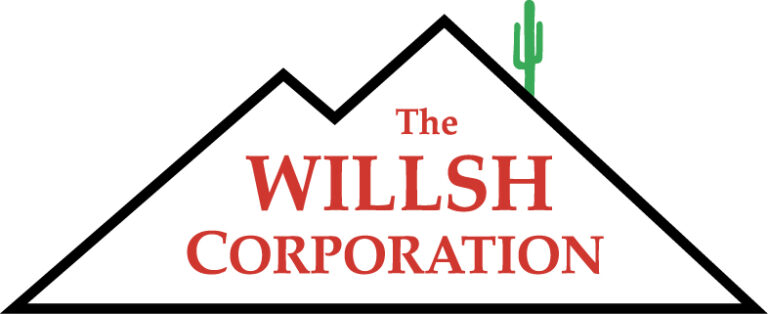We have the drywall surfaces finished, the door is hung, and the casing is installed; now let’s run out the baseboard. For beginners, I recommend buying what we call “streamline base”, it will be the easiest to install with flawless corners. 2 1/4″ is the most common and economical but if you want something a little nicer go to the 3 1/4″ material.
You will need a good miter box for this job, get yourself one with a 10″ blade to ensure you can handle the taller base and the crown moulding we will install the next segment. I like the pull style compound miter boxes the best. A good drill is nice for pre-drilling the nail holes, cordless is preferable. I personally like the Dewalt 18V model.
When installing baseboard we are going to assume no wall in the house is perfectly perpendicular, trust me it’s a safe assumption! Let’s start at the door opening and go to our first outside corner. In measuring this dimension, hook the end of your tape down low on the drywall corner bead and pull back to the door casing. At the miter saw square cut the end that will butt up against the casing, now stand the casing up on your work surface and pull the correct dimension across the top of the baseboard, add 1/8 ” to your dimension and make a small pencil mark. Adding this 1/8″ will keep you from having to sand off all the pencil marks after you have installed the base and before you stain it. Picture in your mind how the base will install, good visualization now will avoid mistakes in cutting the base. Set the miter saw to the proper orientation, either left or right, pull the trigger and let the blade come up to full speed before you start your cut. Remember your pencil line is 1/8″ longer than the board you need so line up your cut so the blade just leaves the pencil mark on the waste side of your cut. You of course will be making this cut at a 45` angle. If you measure now from the square cut to the backside of your miter you should have a board cut the right dimension, with no pencil mark. The board will actually be longer than the dimension you measured by the width of the miter. Install this piece of base by using 8d smooth finish nails, I usually pre-drill with a 6d nail inserted into my drill, especially if I’m running out hardwood base or if the material is prone to splitting. Do not nail within 3-0″ of the exterior corner, this will make it easier to tweak the base into a perfect 90` miter whether the corner is perfect or not. Set your tape on the corner bead just above the top of your first piece of base, pull the dimension to your next corner. Let’s assume it’s a 90` inside corner.
At the saw determine which end will go into the inside corner and cut it square. Set the saw to the proper left or right 45` cut and remember to just remove the pencil line which is marked 1/8″ longer than you actually need. Set this in place and let’s start at the outside corner first. When you bring your two 45` miter cuts together they should be very close to making a perfect corner. Using your drill with a 4d finish nail in it, drill one hole each direction near the bottom of the baseboard where it’s cross sectional dimension is the thickest. Using 6d nails now set them into the holes you just pre-drilled, this should draw the miters up good and tight. Now near the top of the base set two 8d nails into the drywall and the corner stud beyond. Now proceed down the wall anchoring the base about every 2′-0″ with two 8d finish nails top and bottom all the way to within 3′-0″ of the inside corner.
This next cut to create the inside miter is the trickiest! Go to the end of the piece of the baseboard that will be the second half of your inside corner. Cut an open miter, this will result in you being able to see the end grain and the surface grain when viewed from the front of the material. This is as opposed to a closed miter which is like you cut for the outside corner, when viewed from the front of the material the end grain is not visible. Secure the piece of work so you can now cut the end grain off with a coping saw.
Carefully follow the line created between the dissimilar planes of end and surface grain. Start your coping saw at the bottom of the baseboard and work to the top, being careful not to split off the little beak that will be created on the top of the base.
Now set the base in place and the coped end of the base should nestle just up tight to the last piece of base you installed and create a very tight and clean inside corner. This coped corner is much easier to make look good and tight than the quick and dirty method of just cutting two inside 45` miters and cramming them together. When done that way, large amounts of liquid miter is required to fill the gaps and voids! Liquid miter is a derogatory label for caulk when used by sloppy trim carpenters to cover their poor work. I don’t allow it on my jobs and you shouldn’t allow it on yours.
A few tips, use the proper size nail set to correspond to the receiving cup on the head of your finish nail, this will increase your control and minimize the chance for damaging the wood. Do not over set these finish nails, so much wood filler is required that it ends up cracking and looking second rate after the paint dries. You want the nail head just far enough below the surface of the wood that the filler will cover it, you should not have any of the nail head shining through your filler. For filler we like Crawfords the best. Remember, as we’ve covered before, prime or seal all wood before you fill nail holes, this will also greatly reduce shrinkage and cracking. If you are running a lot of base on a hot day keep a big bowl of baby powder handy and keep your hands covered with it. Sweat stains the wood and makes it hard to finish first rate, the powder will simply brush off with a dry paint brush prior to painting.















